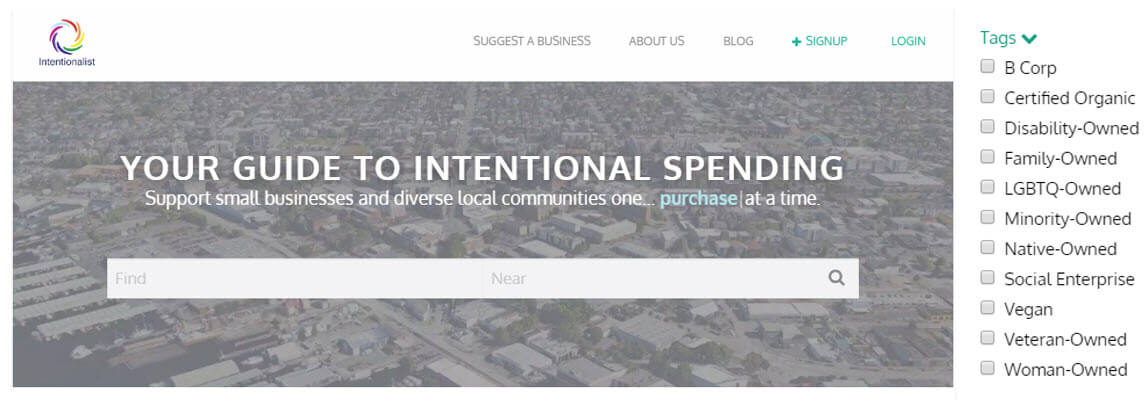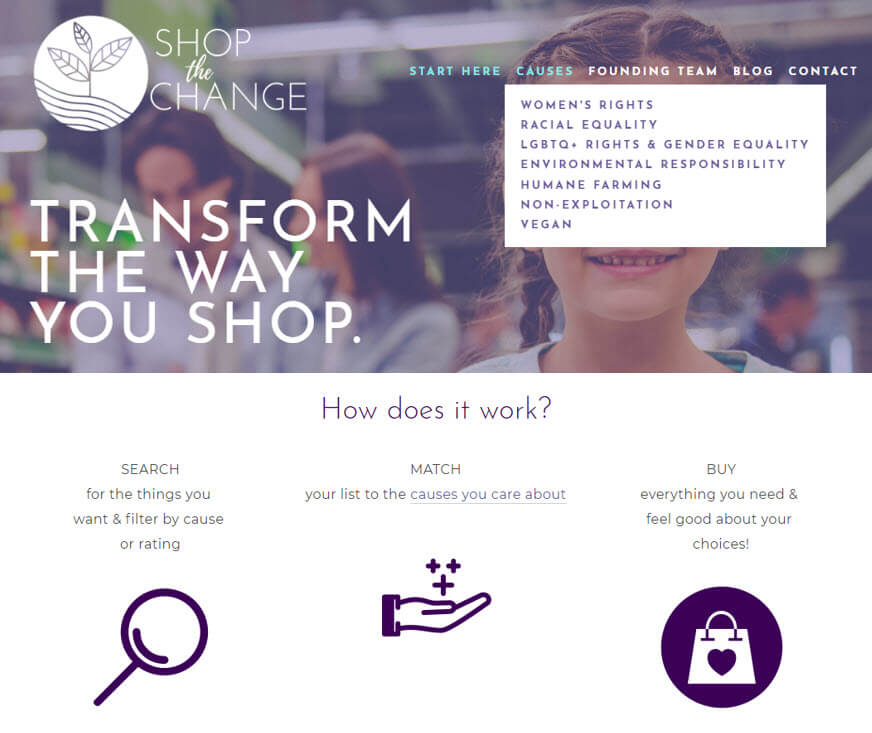The other night I attended the monthly Founders Live Seattle, as part of Seattle Techstars Startup Week. The format: five start-ups each gave a 99-second pitch to the audience, followed by a rapid-fire Q&A. Spectators use their phones to vote for a winner and the results are revealed five minutes later to applause and whistles. The winner is named to the Founders Live Hall of Fame and walks away with a sense of pride and a stack of business cards from people wishing to connect, collaborate and cheer them on.
Of the night’s five start-ups, two perked my ears in a big way and I predict it’s the tip of a massive iceberg ready to disrupt the way consumers shop and, thereby, brand marketing.
Unprepared consumer brands may be in for choppy waters.
What’s this new movement? “Shopping Intentionally.” This is not the same as intentional shopping, when you head to the store or screen-of-choice to purchase a specific item you’re after, the opposite of which is impulse shopping.
Shopping intentionally means conscientiously choosing to spend your dollars with brands who possess values, ethos, and causes that align with yours. This is not an entirely new concept, as we’ve seen consumers already aligning around sustainability-minded brands and initiatives, such as Fair-Trade seals on packaging, as well as give-back brands like TOMS’ one-for-one shoes.
But shopping intentionally is developing into a vastly expanded ball game, as new tools and public data will allow consumers to easily research and shop brands that align with their values and lifestyle, well beyond environmental and charitable policies. Like, how does your brand score for racial equality, and what’s your position on women’s reproductive rights?
For illustration, let’s explore the two presenting start-ups that made me take note:
1) Intentionalist.com (which won the speed pitch, by the way!) is all about propping up mom and pop shops and building community. From the site, it is “…an online guide to intentional spending that supports small businesses and diverse local communities. We make it easy for you to find local restaurants, bars, gyms, shops, and more owned by women, people of color, veterans, LGBTQ, families, and differently labeled people.” A good resource for local residents, I see this approach also working exceptionally well with travelers eager to explore new cities, spend dollars, and formulate experiences in ways that make a difference to them. Huge potential here for small business marketing, as well as for corporate travel and service brands who could use the platform to curate experiences and build community-level connections, such as what Amex has done for Small Business Saturday.

2) Shop the Change’s slogan is “activate your everyday dollars.” On their site (beta coming soon) you can look up products you may want to purchase, filter by cause, and find which brands align with the causes and positions you care about most. The algorithm filters through and rates brands based on the following categories: women’s rights; racial equality; LGBTQ+ rights and gender equality; environmental responsibility; humane farming; non-exploitation; and vegan practices. Contrary to boycotting, they state “it’s about improving access to the information we need to choose yes.”

While two different approaches, the intent of both is clear: Make brands more transparent to consumers, so people can align their purchases with the change they want to see in the world. If you are a brand manager or marketer, take note of this movement, go buy a huge bottle of Windex, and put your corporate social responsibility thinking cap on.


